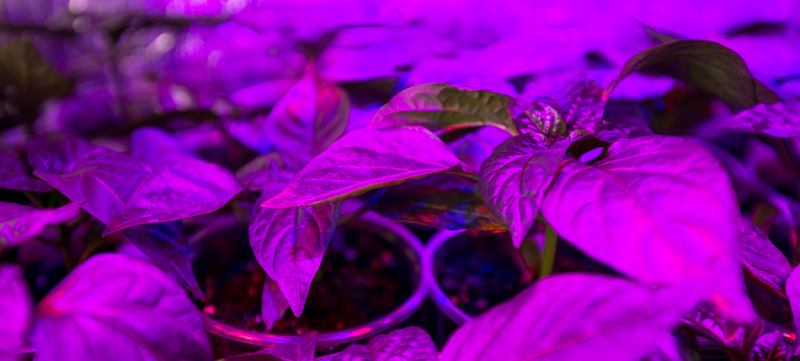Indoor gardens are nice for when you want to keep growing plants all year round. This way you can enjoy vegetables, herbs and even flowers as much as you want. However, if you are using the wrong kind of grow lights your plants probably won't turn out very well. These tips for knowing what grow lights to use will make a big difference. You'll be shocked by how well your garden will grow!
Tips For Knowing What Kind Of Grow Lights To Use Include:
Red, Blue, And Full-Spectrum Light
Light bulbs don’t generate light the same way that the sun does, and the color of light they produce often appears as off-white. Traditional incandescent bulbs, for instance, give off a yellow-red glow, whereas basic fluorescent tubes often have a blue glow.
Blue light encourages the growth of strong leafy plants, while red light helps plants flower and fruit.
Fluorescent Grow Lights
Fluorescent bulbs come in warm (red), cool (blue), and full-spectrum ranges. The light that fluorescents produce is relatively weak, but there are also high-intensity fluorescent bulbs if needed. Full-spectrum and high-intensity fluorescent bulbs are more expensive than basic ones.
LED Grow Lights
Keep your eye on LED grow lights because they have a lot of benefits, including having a long life and being energy efficient, and emitting little heat. Also, they can be programmed to produce specific wavelengths of light.
HID Grow Lights
There are two types of high-intensity discharge (HID) bulbs, both of which produce bright and intense light. Metal halide (MH) bulbs emit light that is quite similar to natural sunlight. However, they do tend to the blue end of the spectrum, and depending on the type of bulb used, you may need to supplement with high-pressure sodium (HPS) lighting, which emits red light.
Your Grow Light Set-Up
The heat created by incandescent and halogen bulbs is too intense and will fry your seedlings. Stick with fluorescent, LED or HID lighting.
Consider where the grow lights will be placed in your house. If your plants are already getting a great deal of light from a south-facing window, then weaker bulbs will work fine as supplementary lighting. If your plants are in a darker area of your home, you will need more powerful grow lights.
Since fluorescents are weaker, they can be placed only 2-3 inches from your plants; but LEDs should be 12-18 inches away. The most complicated part of creating a grow light system is figuring out how big — in terms of wattage — it needs to be.
As you can see there are several things to consider when getting grow lights. You need to think about which type and color of light is best for the plants you have. Some plants do better under blue light while other plants grow better under red. You also need to think about how weak or strong your bulbs are and how much light they will be providing. You also need to think about where your plants are in your house and how much light they need. It also important to think about where you place your plants and making adjustments as needed. If you take these things into consideration when using grow lights your plants will have the best chance possible.
To learn more about using the proper grow lights for your indoor garden, you can visit:
